#La sonnambula
Text

Rachel Cusk, from Outline
[Text ID: I became aware of this feeling of having deserted my own life, as once I would desert my room; and I was suddenly filled with the most extraordinary sense of existence as a secret pain, an inner torment it was impossible to share with others, who asked you to attend to them while remaining oblivious to what was inside you, like the mermaid in the fairy story who walks on knives that no one else can see.]
#rachel cusk#outline#words#lit#typography#…#unsayable#the great wound#but we are ghosts only#la sonnambula#on fairy tales#a dream ago perhaps
511 notes
·
View notes
Text



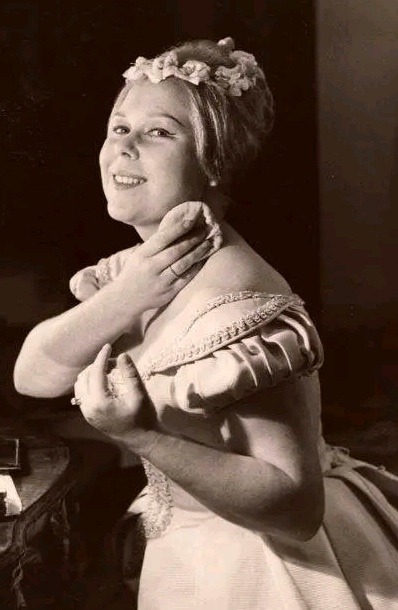
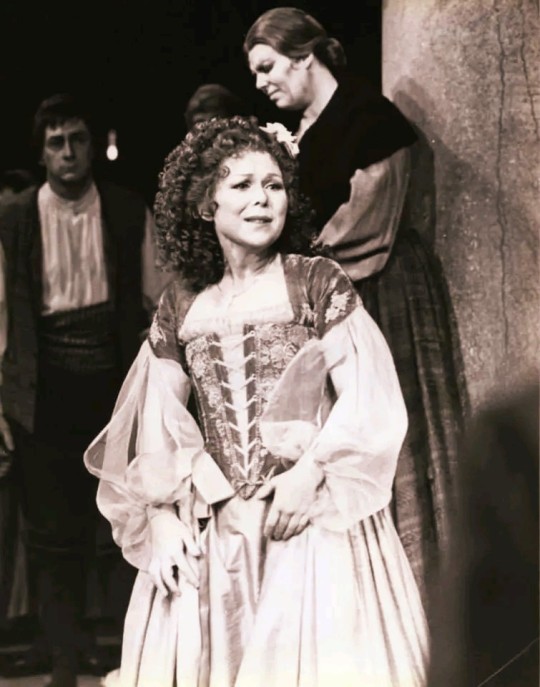



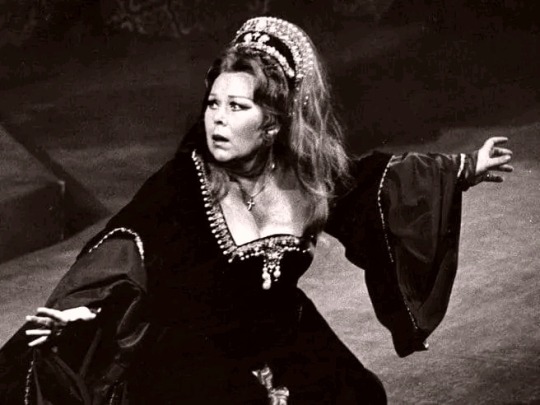

RENATA SCOTTO
as Vitellia in MOZART's *La Clemenza di Tito*, 1984 (ph 1&2)
IDEM
as Violetta Valery in VERDI's *La Traviata* (ph 3)
as Amina in BELLINI's *La Sonnambula* (ph 4)
as La Gioconda (PONCHIELLI) (ph 5)
as Lady Macbeth in VERDI's *Macbeth*
as Elisabetta di Valois in VERDI's *Don Carlo*
as Lucía in DONIZETTI's *Lucía di Lammermoor* Copyright ©️ Tamino Autographs
as Anna Bolena in DONIZETTI's opera of the same name.
in *Iván Susanin*
#4opera+love#4operalove#renata scotto#mozart#la clemenza di tito#giuseppe verdi#la traviata#bellini#la sonnambula#amilcare ponchielli#la gioconda#macbeth#don carlo#donizetti#lucia di lammermoor#anna bolena#ivan susanin
38 notes
·
View notes
Text

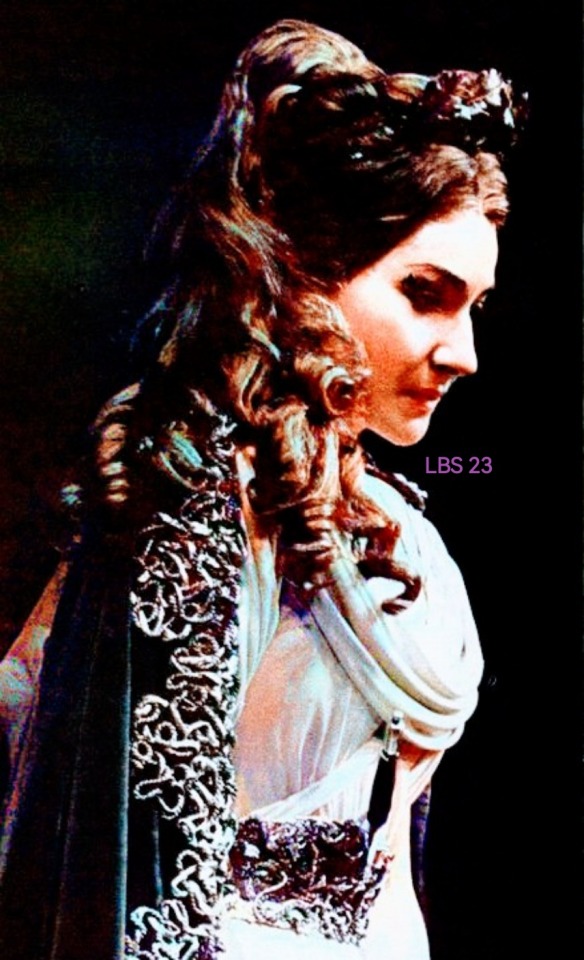

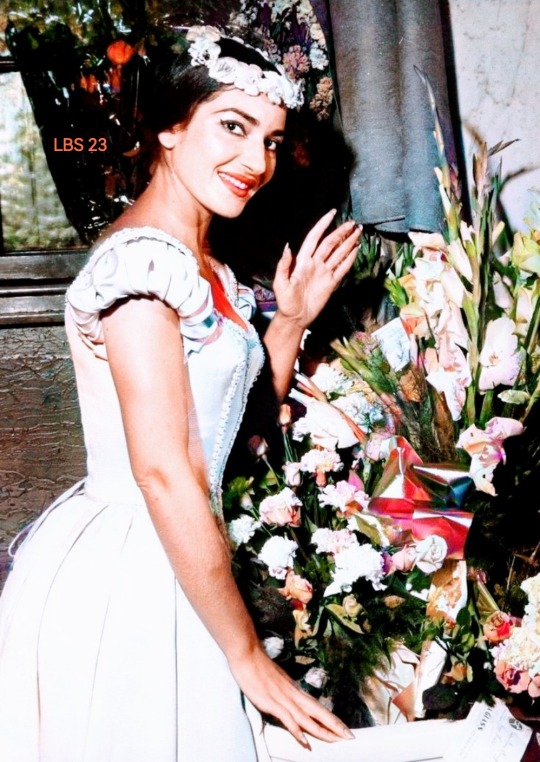



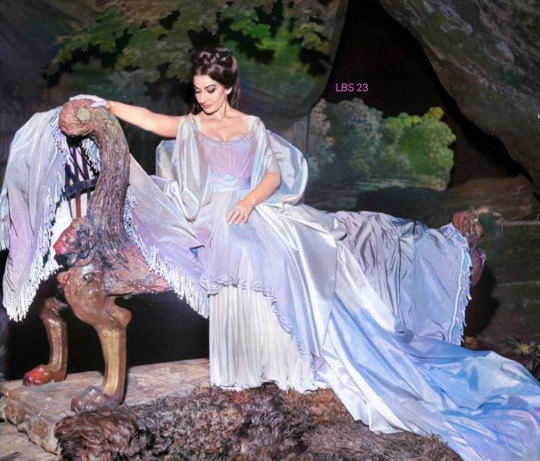

MARÍA CALLAS in BELLINI'S Norma, Il Pirata & La Sonnambula.
Color by Luz Butron Soprano 23 in all these photos.
Collage by Luz Butron Soprano 23.
15 notes
·
View notes
Text
youtube
Natalie Dessay - Metropolitan Opera - La sonnambula's aria
9 notes
·
View notes
Photo

Ballet Moodboards // La Sonnambula
Where do you go when you’re asleep? Through aeons of silence, to a happy memory?
#la sonnambula#the sleepwalker#ballet#ballet moodboards#moodboards#aesthetics#my moodboards#my edits#ghostcore#halloween
70 notes
·
View notes
Text

oh NO
#opera tag#opera#la sonnambula#the sleepwalker#but yeah that’s basically the entire opera#bellini#vincenzo bellini#opera comments
8 notes
·
View notes
Text

youtube
2 notes
·
View notes
Photo
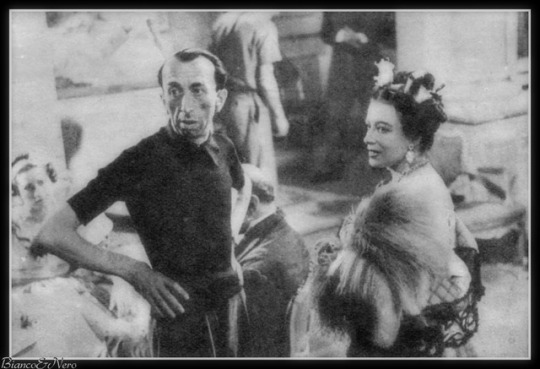
Si gira La Sonnambula (1941): il regista Piero Ballerini è con l’attrice Germana Paolieri. Da un episodio della vita di Vincenzo Bellini, che ispirò al compositore la celbre opera.
4 notes
·
View notes
Link
Maria CALLAS, accompagnée par l'Orchestre National de l'ORTF, dirigé par Georges PRETRE, chante "Ah, non credea mirarti", extrait de l'opéra "La Sonnambula" de Vincenzo BELLINI.
3 notes
·
View notes
Text
Diva of the Romantic Age
Despite passing away at 28, Maria Malibran was one of the best-known opera singers of the 19th century. Known for her range, power and flexibility of voice, Malibran could sing both contralto and soprano parts. She also had a stormy personality, which remained legendary long after her death.
María Felicitas García Sitches, born on 24th March 1808, grew up in a Spanish musical family in Paris.���

View On WordPress
#bellini#Charles Auguste de Beriot#diva#Francois Eugene Malibran#Joaquina Stiches#ko-fi#La Briones#La sonnambula#Letitia ELizabeth Landon#Manuel Garcia#Maria Malibran#Maria Stuarda#opera#opera diva#patreon#Pauline Viardot#ROssini#Teatro Malibran#The Barber of Seville#The Maid of Artois
0 notes
Text
I've started my opera fanfic on AO3 if anyone else is Incredibly Normal About Bellini......
But also if you want to read some space orgies and genderfuck shenanigans then this will be the read for you :*
0 notes
Text
He was tired. […] He wanted to go home and lock his door and sleep. He was tired of the troubles of real people. He wanted to get back to the people he was inventing, whose troubles he could bear.
James Baldwin, from Another Country
2K notes
·
View notes
Text




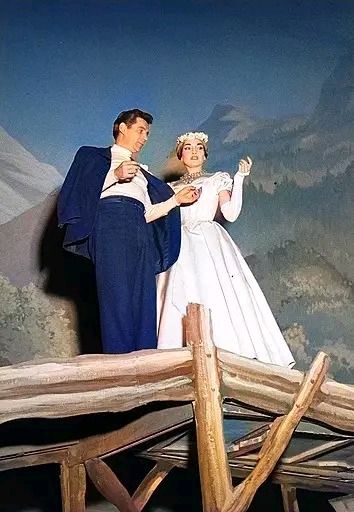
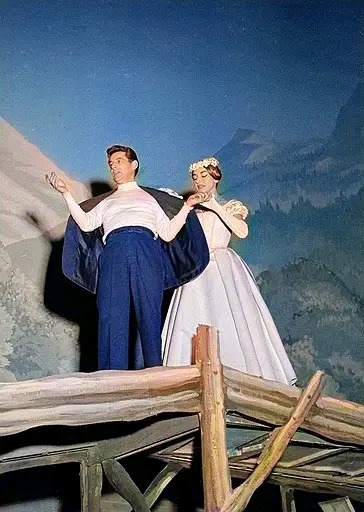
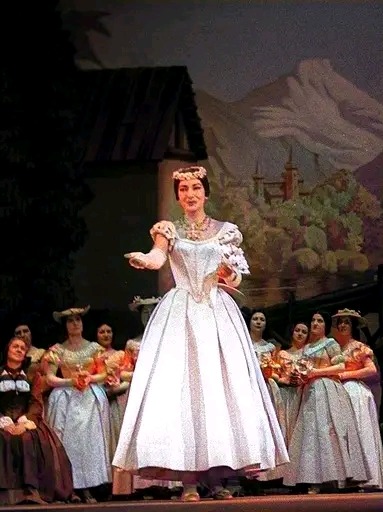
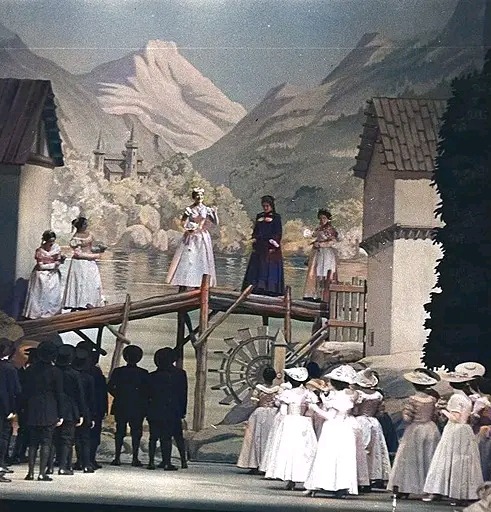
MARÍA CALLAS nei panni di Amina in BELLINI's La Sonnambula with Cesare Valetti and Leonard Bernstein, Teatro alla Scala di Milano, 1955.
SOURCE: Callas La Divina on Facebook.
4 notes
·
View notes
Text
Allegra Kent Rehearsing La Sonnambula
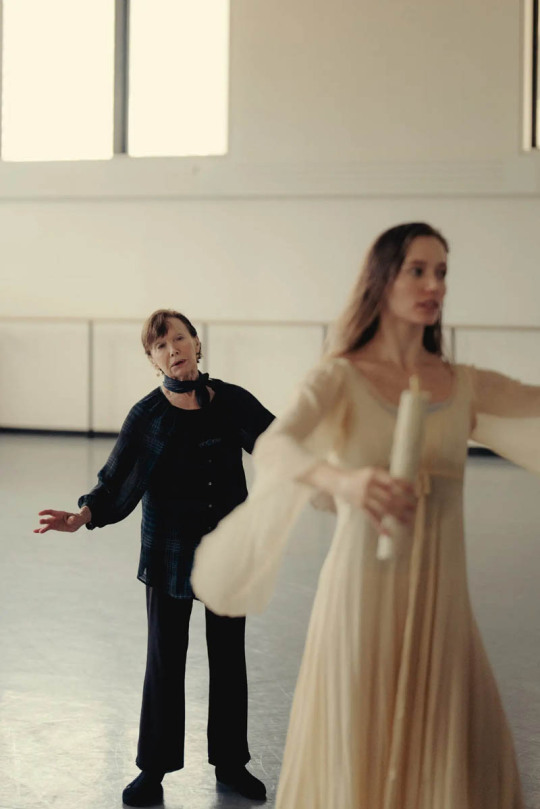
Allegra Kent rehearsing Unity Phelan in La Sonnambula. Photo: Amir Hamja for The New York Times
Happily for all of us, Jonathan Stafford and Wendy Whelan are bringing back dancers who worked with Balanchine to coach today's company members. This article about Allegra Kent, the original NYCB Sleepwalker in La Sonnambula, coaching Unity Phelan in the role, is from today's New York Times.
Allegra Kent Conjures ‘Messages From the Air, the Atmosphere’
The iridescent Balanchine ballerina returns to New York City Ballet this season to coach for “La Sonnambula.” What does she want? Mystery.
By Gia Kourlas
Oct. 3, 2023
It was the first ballet that made sense to her. There was mystery, passion, pain. The music, by Vittorio Rieti, after themes from Bellini operas, swept her into another world.
“I was 11,” said Allegra Kent. “My heart was broken.”
Kent, the former New York City Ballet principal, was just a child when she attended a performance by Ballet Russe de Monte Carlo in Los Angeles. The final work on the program was “Night Shadow,” George Balanchine’s 1946 ballet, later called “La Sonnambula.”
Kent had no idea who Balanchine was. But just four years later, she would join New York City Ballet, the company he had formed with Lincoln Kirstein. And not long after that, in 1960, Balanchine revived the ballet, casting Kent as its mysterious Sleepwalker.

Allegra Kent working with Phelan as the Sleepwalker and Taylor Stanley as the Poet. Photo: Amir Hamja for The New York Times
This season, as part of the company’s 75th anniversary, Kent, 86, was brought in as a guest coach for “La Sonnambula,” which returns Wednesday for four performances, and for “The Unanswered Question,” the gripping second movement of “Ivesiana.”
Kent wasn’t with the company from its 1948 start, but she was still a part of its early days and one of Balanchine’s most important muses.
She joined City Ballet at 15, just a year after she arrived in New York from California to study at the company-affiliated School of American Ballet. Balanchine gave her a scholarship, and soon after, she began attending performances.
“The first ballet I saw on the first program was 'Serenade,'” she said, referring to the Balanchine masterpiece in an interview at her Manhattan apartment. “I can’t remember the other ballets because it was like, 'Serenade'—the whole world is open.”
Eventually La Sonnambula, with its magic and tragedy, came her way. In this haunting ballet, the Poet hero romances a woman, the Coquette, before discovering a Sleepwalker at a masked ball. Holding a candle, the Sleepwalker skims across the stage in close-knit bourrée steps on pointe wearing a flowing dress. Its diaphanous sleeves, like wings, catch the air as they stream behind her.
The Coquette’s jealousy leads the Baron, the host of the ball, to stab the Poet; the Sleepwalker, devastated, carries him away. With the right dancers, the ballet is gut-wrenching, but it takes imagination born from almost psychic sensations. The heroine may be walking in her sleep, but “she’s not expressionless,” Kent said. “You can’t come in like a zombie.”
In the pas de deux, the Sleepwalker glides past the Poet, who ducks underneath her candle; he waves his hand in front of her face to see if she is awake; he falls to the floor in her path, but she steps over his outstretched body, unruffled, and continues on her way. There should be daring, too: on tour in Moscow, Balanchine demonstrated one of the Sleepwalker’s crossings on a stage that Kent said was like a football field.

“She’s not expressionless,” Kent said of the Sleepwalker. “You can’t come in like a zombie.” Photo: Amir Hamja for The New York Times
“He took the candle and ran on the diagonal,” she said. “In those days, they had footlights. He stepped over the footlight and stopped. I thought, Oh, my God, he’s going to die” — plunging off the stage. “But he didn’t die. He stepped back and gave the candle to me.”
He was showing her, in essence, how the Sleepwalker possesses a layer of extrasensory perception; that what can’t be seen can be felt, and that even in a sudden stop — as he did himself on that stage — there should be no physical reverberation.
“Balanchine loved danger,” Kent said. “In the step in ‘The Unanswered Question’ when she slowly goes back” — the ballerina, again in white and held aloft, falls into the arms of four men obscured by darkness — “the audience is terrified for a moment. So this is the genius of Balanchine. Ah! She’s going to run off the stage! She’s going to fall over backward! Is anyone going to catch her?”
The original Sleepwalker — and the one Kent first saw all those many years ago — was the great ballerina Alexandra Danilova. Kent herself was briefly coached by Danilova not in the studio, but in a chance meeting, waiting for the 104 bus on Broadway. “She stood up and started demonstrating at the bus stop,” Kent said. “Gosh, what a moment.”

This is a ‘Sleeping Beauty’ in the Balanchine style,” Kent said. “The kiss does not wake her up.” Photo: Amir Hamja for The New York Times
Rehearsing at City Ballet’s studios with Unity Phelan and Taylor Stanley, who will perform the Sleepwalker and the Poet in one cast, Kent was intensely ethereal, acutely focused, with fingers full of life. She said, “You’re getting messages from the air, the atmosphere.”
Kent turned to the mirror to study their reflection as if it were a painting. With her elbows raised, her fingertips curving toward her chest, she worked on details — as many as she could. She was trying, it seemed, to penetrate below the surface of the skin, to draw raw emotion into the movement. Details are important to Kent, as they were to Balanchine. He would come backstage and say, “‘Oh, your crown is half an inch too far back,’” she said. “‘Bring it forward.’ I mean, it’s not even the hair, it’s just the crown. Details.”
Kent stood in front of Phelan, who held the candle with a curved arm as the other extended to the side. Kent rested her elegant fingers on Phelan’s shoulders — just a whisper of pressure — and stared at their reflection in the mirror. “Don’t look up,” she said, releasing her hands.
“You are sleepwalking, but you’re aware,” Kent said. “You’re in another realm but there’s something going on within you. A great tragedy that is not explained.”
Phelan, who danced the Sleepwalker in a previous season, is approaching the role differently now. Her Sleepwalker moved too forward from the chest, but with Kent’s help, she is working on relaxing, softening. “You can still be active, but if it gets all tense then it looks like you’re putting on a show instead of it coming from a genuine place,” Phelan said later. “If I’m just being myself and actively doing something, I’m not sensing everything in my body. So that’s what I’m trying to bring it back to.”
When she first danced the Sleepwalker, Phelan wanted to prove that she could be ghostly, waiflike, light. “What I’ve discovered from Allegra is that I may have been going too far with that,” she said. “You let yourself be involved emotionally. I think I was trying to stay so disassociated.”

“You are sleepwalking, but you’re aware,” Kent said. “You’re in another realm but there’s something going on within you. A great tragedy that is not explained.” Photo: Amir Hamja for The New York Times
When the Sleepwalker comes onstage, she’s not just taking brisk walks on pointe. She’s searching. “We don’t know what it is — if it’s a child, if it’s a love,” Kent said. “But it’s a huge thing missing. It’s a huge urgency. But beyond that, there’s so much mystery. There is a huge lack in her life.”
Stanley, rehearsing the moment when the Poet waves his hand in front of the Sleepwalker’s face to see if she is awake, was too dynamic. Kent stepped in to demonstrate.“ Just the tiny back and forth over my eyes,” Phelan said, “with her hand being that close to my face, I saw all the energy. She wasn’t shaking. Nothing was happening. But everything was alive in her hand. I was like, that’s what she means.”
There’s nothing casual about “La Sonnambula,” which Kent says is like no other Balanchine ballet. “I used to do this night after night in my living room just to get that despair and the subtleties,” Kent said. “That search. This is a ‘Sleeping Beauty’ in the Balanchine style. The kiss does not wake her up.”
Kent, with her cheerful wit, summed up her own “Sonnambula” experience: “This is what I’d say: Thank you, Balanchine,” she said. “Thank you, Madame Danilova. And I thank the M.T.A., the metropolitan transit authority. The generosity of her and the generosity of the bus being late.”
#Balanchine#La Sonnambula#Allegra Kent#Night Shadow#Unity Phelan#Taylor Stanley#rehearsing#rehearsal#ballet#NYCB#New York City Ballet#NYC Ballet#NYCB@75
1 note
·
View note
Text


OTD in Music History: Italian opera composer Vincenzo Bellini (1801 - 1835) dies in France at the age of just 34.
In many ways the quintessential "bel canto" opera composer, Bellini was a huge celebrity in his own time -- his ravishingly long-breathed melodies earned him the nickname "the Swan of Catania." Many years later, at the end of his own legendary career, fellow Italian opera composer Giuseppe Verdi (1813 - 1901) looked back and praised Bellini's work for its "long, long, long melodies... such as no one else had ever written before." Richard Wagner (1813 - 1883) rarely admitted to liking any music but his own, and yet he similarly conceded that he was spellbound by Bellini's almost uncanny ability to match music with text and psychology. Franz Liszt (1811 - 1886) and Frederic Chopin (1810 - 1849) were also both devoted fans.
Something of a musical specialist, Bellini composed little else beyond his ten completed operas. Half of them -- "Il pirata" (1827), "Capuleti" (1830), "La sonnambula" (1831), "Norma" (1831), and "I puritani" (1835) -- are still regularly performed today.
Suffering from tuberculosis and in very delicate health for most of his short adult life, Bellini ultimately died due to "an acute inflammation of the colon compounded by an abscess of the liver."
PICTURED: An touching relic of a great talent that was cut down far too soon -- an entrance pass that Bellini wrote out and signed to admit two lucky unnamed guests into the famous "Theatre Royal Italien" in Paris to watch the final dress rehearsal for “I Puritani” on January 23, 1835, the day before this final operatic masterpiece received its world premiere. Bellini didn’t know it at the time, but he had just a few months left to live…
#classical music#opera#music history#bel canto#composer#classical composer#aria#classical studies#maestro#chest voice#Vincenzo Bellini#Bellini#the Swan of Catania#La sonnambula#Norma#classical musician#classical musicians#classical voice#classical history#musician#musicians#music education#history of music#historian of music#music theory#diva#prima donna
1 note
·
View note
Text
lisette oropesa/john osborn sonnambula in rome next april!!!!!!!!!!
#‘savannah you’re not even a huge bellini fan’ I CAN’T HEAR YOU#opera tag#opera#la sonnambula#the sleepwalker#bellini#vincenzo bellini#lisette oropesa#john osborn#*screaming forever*
12 notes
·
View notes